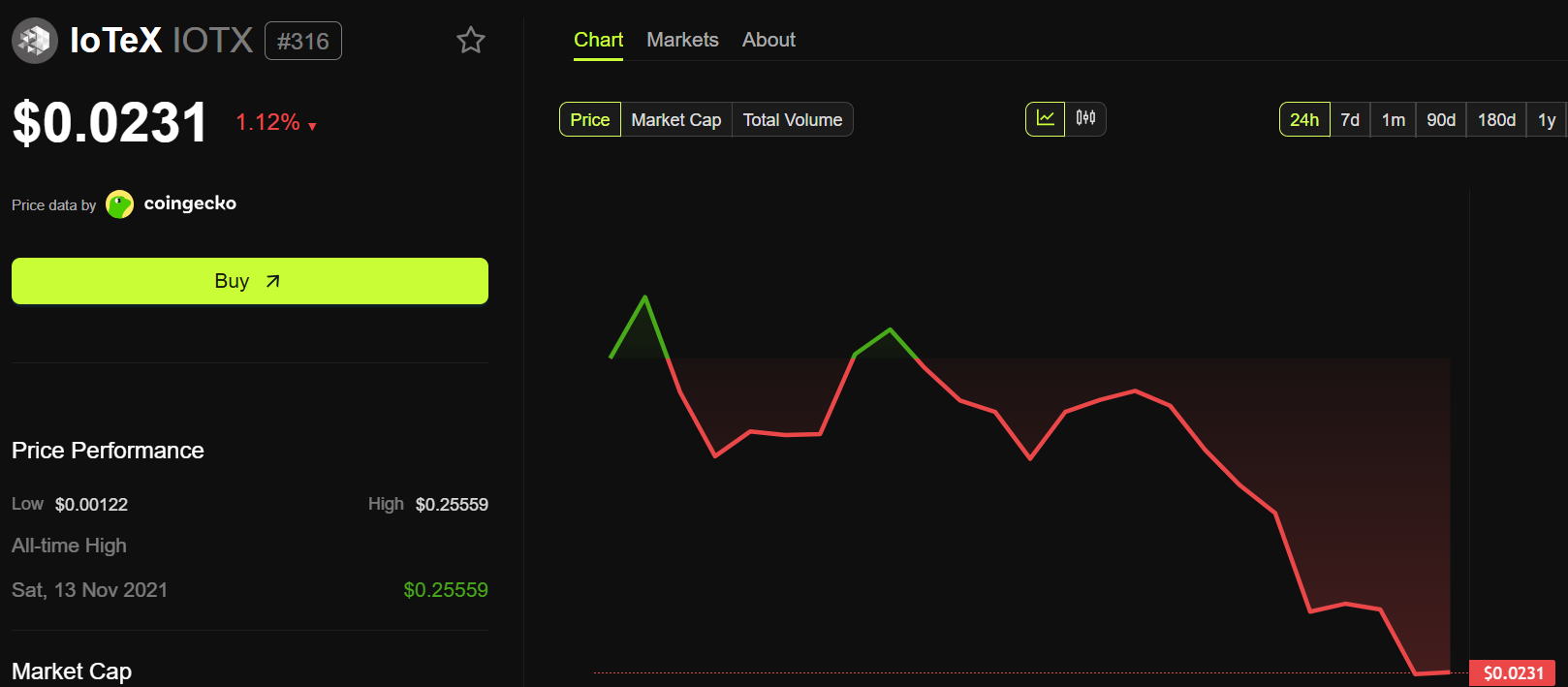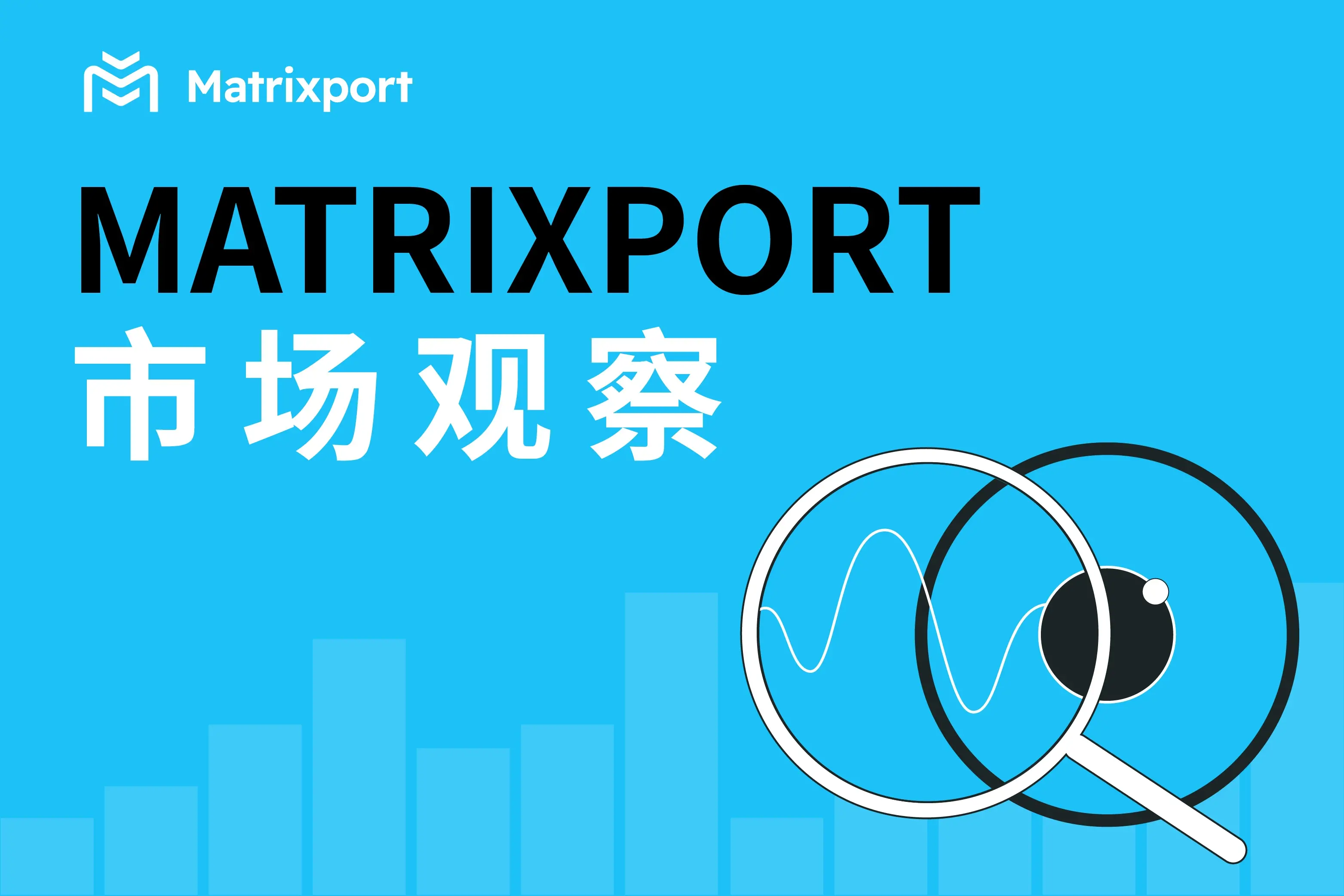IoTeX Launches Real-World AI Foundry to Bridge Intelligence and Reality
IoTeX introduced the Real-World AI Foundry at Token2049 Singapore, uniting partners like Vodafone, Filecoin, and Theta Network to advance AI grounded in real-world data. By championing real-world models (RWMs), the initiative aims to replace static training with adaptive intelligence. Its open, multi-stakeholder approach challenges Big Tech’s closed systems, but hurdles around governance and accountability remain.
At Token2049 Singapore’s Real World AI Summit, IoTeX and a coalition of industry partners unveiled the Real-World AI Foundry.
The global initiative aims to define shared standards for artificial intelligence grounded in live, verifiable data.
IoTeX Pushes Boundaries of AI and Blockchain Integration
The Foundry seeks to tackle limitations typical to AI, including reliance on static, historical datasets that power prediction but lack adaptability to real-world environments.
Real-world models (RWMs) are central to the project. They operate as multimodal AI systems designed to integrate data from machines, sensors, and human interaction.
Unlike large language models (LLMs) or traditional machine learning trained on archives, RWMs aim to perceive live events, learn cause-and-effect, and respond dynamically.
“IoTeX and its partners are attempting to move AI from abstract prediction to grounded action. The Real-World AI Foundry brings together enterprises, researchers, AI innovators, and infrastructure providers to co-architect an open foundation for intelligence that is live, verifiable, and aligned with human values,” said Raullen Chai, Co-Founder and CEO of IoTeX, in a statement shared with BeInCrypto.
The initiative has attracted a broad alliance. Partners range from Vodafone and the Blockchain Association to crypto-native projects, including Theta Network, Filecoin (FIL), Aethir, Hashkey Chain, Drone Layer, and Taiko.
Collectively, they have pledged to build under three guiding principles:
- Grounded — RWMs must be based on verified, real-time data.
- Open — Frameworks should be interoperable and open-source.
- Human — Governance must embed accountability and alignment with human values.
Why the Timing Matters
The launch comes as autonomous systems begin to influence sectors such as healthcare, energy, and mobility. Reliance on outdated or misaligned models poses increasing risks in these sectors.
Traditional AI often struggles with context, novelty, and accountability, which are shortcomings that RWMs could address by training on live, trusted data.
Still, challenges remain. Achieving consensus across industries, safeguarding data ownership, and addressing liability in autonomous decision-making will likely spark debate. Critics may question whether a decentralized alliance can deliver coordination at scale.
Meanwhile, it is worth mentioning that the Foundry will not operate as a centralized entity. Instead, participants will contribute specialized inputs, ranging from infrastructure and data streams to research expertise and adoption pathways.
At the same time, they will collectively shape governance, quality standards, and interoperability requirements.
If successful, the initiative could establish Real-World AI as a new category alongside LLMs and generative AI. Its emphasis on multi-stakeholder governance contrasts sharply with Big Tech’s closed, proprietary approaches.
The Real-World AI Foundry is still in its early stages, and many technical and governance frameworks have yet to be finalized.
 IOTEX Price Performance. Source:
IOTEX Price Performance. Source:
As of this writing, IOTEX, the network’s powering token, was trading for $0.0231, down by 1.12% in the last 24 hours.
Disclaimer: The content of this article solely reflects the author's opinion and does not represent the platform in any capacity. This article is not intended to serve as a reference for making investment decisions.
You may also like
The "Bankruptcy" of Metcalfe's Law: Why Are Cryptocurrencies Overvalued?
Currently, the pricing of crypto assets is largely based on network effects that have yet to materialize, with valuations clearly outpacing actual usage, retention, and fee capture capabilities.

Need Funding, Need Users, Need Retention: A Growth Guide for Crypto Projects in 2026
When content becomes saturated, incentives become more expensive, and channels become fragmented, where lies the key to growth?

EOS faces renewed turmoil as the community accuses the Foundation of running away with the funds
The collapse of Vaulta is not only a tragedy for EOS, but also a reflection of the shattered ideals of Web3.

Exclusive: Revealing the Exchange’s New User Acquisition Strategy—$50 for Each New User
Crypto advertising has evolved from being barely noticeable to becoming pervasive everywhere.

